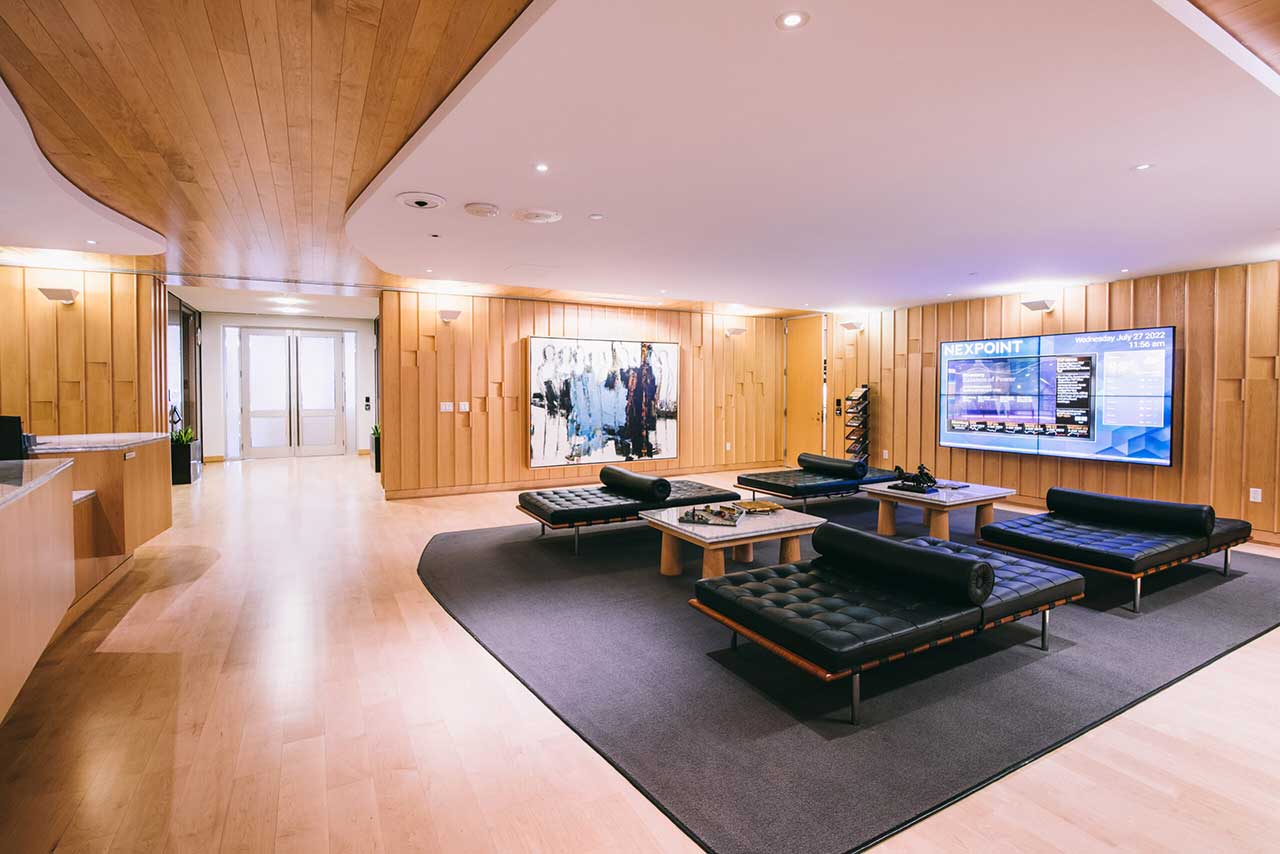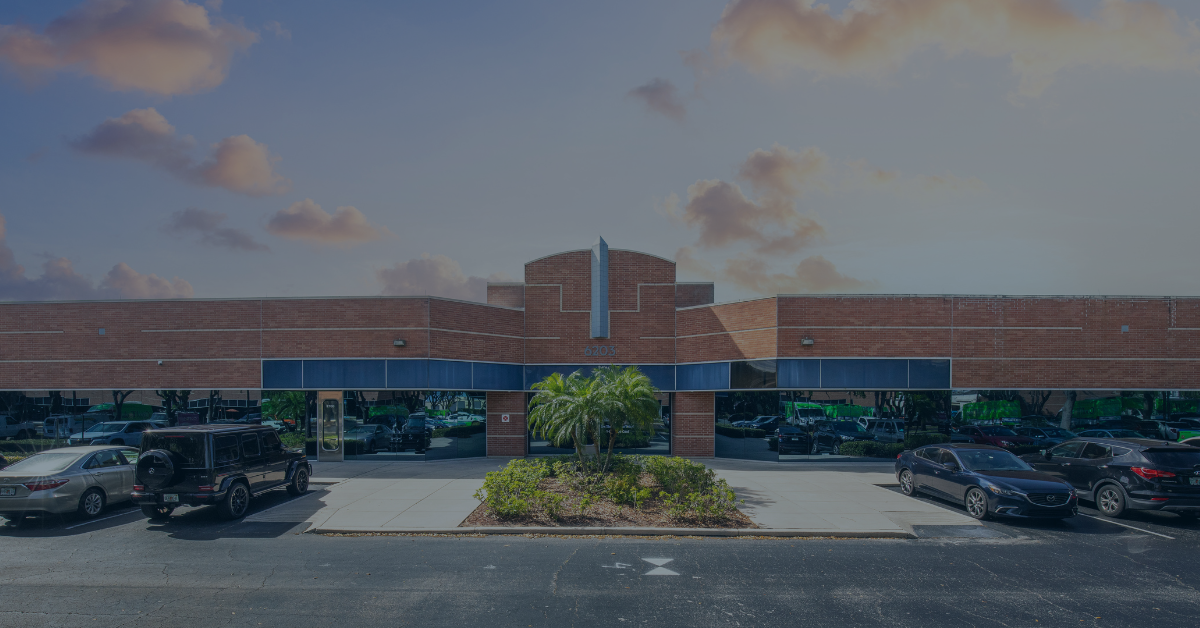In an interview with ADISA board member Greg Mausz, Nexpoint’s chief financial officer and executive vice president of finance, Brian Mitts, provides insight on how life sciences investing functions in real estate.
“So, it’s in pharmaceuticals and biotech, but it’s not the companies themselves, it’s in the real estate that they utilize,” said Mitts.
Mitts explains that with the manufacturing process, when there’s any kind of biotech, pharmaceutical type of drug or therapeutic, the building will need certain manufacturing, such as clean rooms and cold storage.
“So that’s the difference that’s needed today that doesn’t really exist and the demand is fairly insatiable,” said Mitts. “There’s a lot of federal funding that’s coming with this as well, so it’s not a very price sensitive customer. They don’t want to own the real estate; they don’t want that on their balance sheet. And so, there’s a huge opportunity for us to provide that for them and there’s a lot of specialty that goes into it. Like I said, it’s not just like owning industrial or office.”
Source: The DI WIRE[/vc_column_text][/tab][tab icon_family=”none” title=”Transcript” id=”1683556609354-3″ tab_id=”1683556609354-5″][vc_column_text]ADISA Life Sciences
Greg Mausz: Welcome to another edition of Focus on Alternatives, brought to you by ADISA, the Alternative and Direct Investment Securities Association. For more information about investing in alternative investments, please visit adisa.org and check out the resource library. My name is Greg Mausz. I’m your host and I’m joined by Brian Mitts.
Thank you for coming in. We’re gonna be talking life science investing. Can you walk us through just what is that at a high level?
[00:00:37]
Brian Mitts: Sure. So life science investing, the way we’re doing it, is real estate. It’s in pharmaceuticals and biotech, but it’s not the companies themselves, it’s in the real estate that they utilize.
And there’s a huge need for this post COVID, that I’m sure we’ll get into here in a second, but that’s basically what it is. We’re investing in lab, office, industrial. It’s sort of a sub-sector of both office and industrial.
Greg Mausz: And why should an investor look at life sciences real estate versus trying to do life sciences, like owning the stock directly or an ETF or fund?
Brian Mitts: There’s a lot of ways to own life sciences, but it’s very unique in the real estate sector. There’s very few companies that do this. A lot of this real estate has been offshore over the last couple of decades and now it’s coming back onshore. So there’s a lot of opportunities in the real estate sector that you can’t get just investing through these companies because they don’t own that real estate. They’re leasing that real estate from companies like ours.
[00:01:36]
Greg Mausz: Okay. And I’ve been reading more and more about life science investing. What trends are you seeing, and how have things changed over the last couple of years?
[00:01:45]
Brian Mitts: It started the onshoring we’re seeing a lot more, especially manufacturing, coming back into the country.
And that’s creating an opportunity to these industrial type sites that have maybe been dormant for a while or underutilized. The needs are very special because with this manufacturing, they need clean rooms, they need cold storage, they need a lot of power, and redundancies and to go in and take these older industrial sites and upgrade them to [what they need] is where the real value lies for us as real estate investors.
[00:02:19]
Greg Mausz: So talk more about how these buildings are specialized.
[00:02:22]
Brian Mitts: With the manufacturing process, when you’re doing pharmaceuticals or any kind of biotech, pharmaceutical type of drug or therapeutic, you need certain manufacturing, just like you would with a semiconductor chip. You need clean rooms, you need cold storage, and that doesn’t exist in your typical industrial shell that you see today.
So that’s the difference that’s needed today, that doesn’t really exist and the demand is fairly insatiable. There’s a lot of federal funding that’s coming with this as well, so it’s not a very price sensitive customer. They don’t want to own the real estate. They don’t want that on their balance sheet.
So there’s a huge opportunity for us to provide that for them and there’s a lot of specialty that goes into it. Like I said, it’s not just owning industrial or office.
[00:03:12]
Greg Mausz: Sure. Now, are there key locations for these buildings versus just the broad U.S.?
[00:03:18]
Brian Mitts: Yes, it depends on which area you’re talking about.
If you’re talking about the research and office part, that’s historically been focused around San Francisco, Boston, San Diego. That’s where your life science research industry really exists today, but the cost of business there is becoming so expensive that it’s expanding out now. Raleigh/Durham, in the research triangle, is a place that’s become a hotbed.
Dallas/Fort Worth is becoming a destination for these types of investments. From the manufacturing perspective, it’s sort of resurrecting the rust belt a bit where you’ve got that manufacturing infrastructure in place, and you’re starting to see some of these companies move manufacturing back to those areas.
[00:04:01]
Greg Mausz: Got it, and it’s, I would say, ‘necessity real estate’ because the work that they’re doing, it’s a global health issue, right?
[00:04:09]
Brian Mitts: Yes. It’s very essential real estate, and again, they’re not very price sensitive and these are long term contracts – 20, 25 years with five 10-year extensions.
So it’s a very unique asset class in the real estate sector.
[00:04:22]
Greg Mausz: So how do financial advisors and investors access this?
[00:04:26]
Brian Mitts: It’s really hard today because there’s only a couple of publicly traded companies like Alexandria that does this, but they’re mostly focused on the lab part and they’re in those traditional areas.
So to hit this new renaissance, you have to go to an alternative sponsor. We happen to be one of those, but there’s not many doing this in this sector yet, so it’s still very hard to invest. But we’re looking to bring product out in the near future, and I’m sure others are as well.
[00:04:57]
Greg Mausz: Okay, so there’s traded REITs that they can buy into, but then I guess it’s a non-traded REIT that alternative asset managers are compiling together. Is that right?
[00:05:08]
Brian Mitts: Yeah, I would think so. I’d think like a Blackstone is probably doing something in their BREIT product around this asset class, but I think others are finding that this is becoming a really unique opportunity, and they’re crafting product around it.
[00:05:23]
Greg Mausz: So, is it better to go traded REIT or non-traded REIT when accessing this sector?
[00:05:28]
Brian Mitts: I think probably non-traded for this – at least for now – because that’s going to get you into the newer areas where I think the most excitement is.
Building another research lab in Boston, you know, you can already invest in that, and not that there’s not a need for it, but it’s not where the real excitement in a Raleigh/Durham is.
[00:05:49]
Greg Mausz: Got it. Well, Brian, thanks for walking us through life sciences.
[00:05:52]
Brian Mitts: Yeah, thank you.
[00:05:53]
Greg Mausz: And thank you for watching.
For more information about alternative investments, please visit adisa.org. Thank you. [/vc_column_text][/tab][/tabbed_section][/vc_column][/vc_row]






